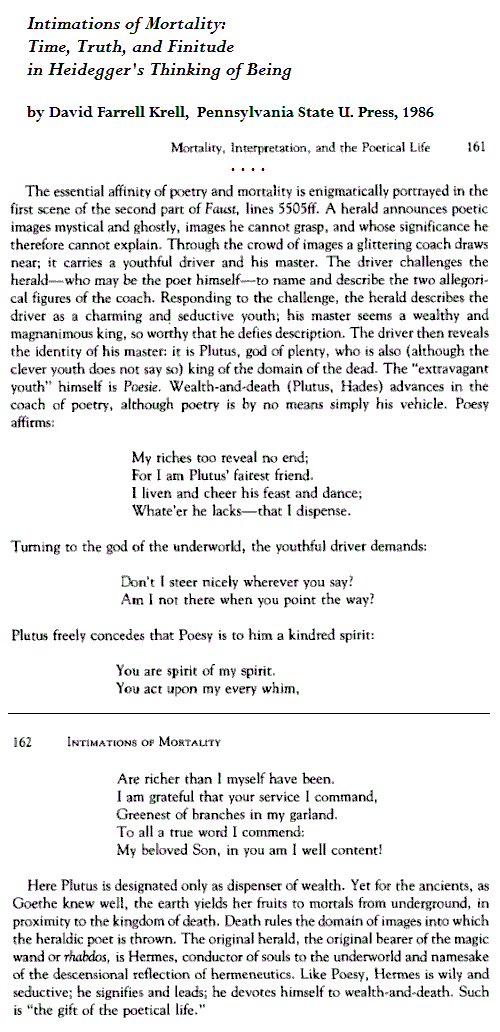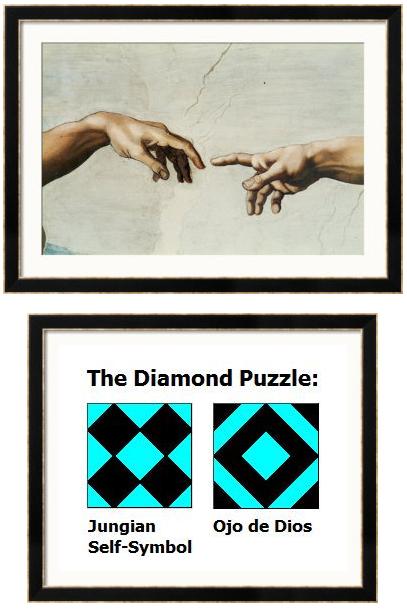“… Which makes it a gilt-edged priority that one of us
gets into that Krell lab and takes that brain boost.”
— American adaptation of Shakespeare's Tempest , 1956
From "The Onto-theological Origin of Play:
Heraclitus and Plato," by Yücel Dursun, in
Lingua ac Communitas Vol 17 (October 2007)—
"Heraclitus’s Aion and His Transformations
The saying is as follows:
αἰὼν παῖς ἐστι παίζων, πεττεύων·
παιδὸς ἡ βασιληίη
(Aion is a child playing draughts;
the kingship is the child’s)
(Krell 1972: 64).*
* KRELL, David Farrell.
“Towards an Ontology of Play:
Eugen Fink’s Notion of Spiel,”
Research in Phenomemology ,
2, 1972: 63-93.
This is the translation of the fragment in Greek by Krell.
There are many versions of the translation of the fragment….."
See also Child's Play and Froebel's Magic Box.
Update of May 5— For some background
from the date May 4 seven years ago, see
The Fano Plane Revisualized.
For some background on the word "aion,"
see that word in this journal.








